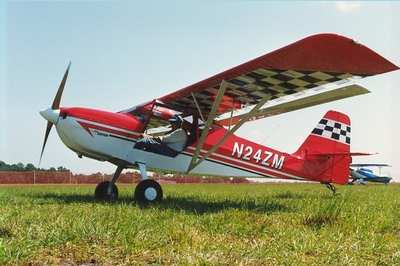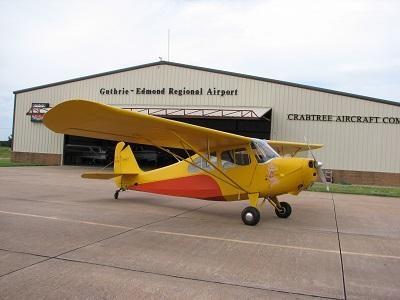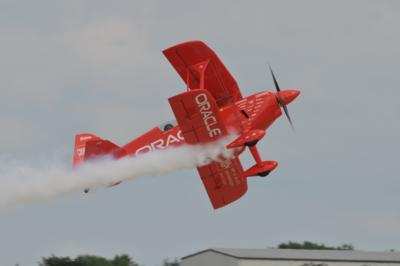AirVenture 2016 Proved That Fabric Covered Airplanes Are As Popular As Ever
In the recreational side of aviation it is common to see lightweight airplanes with fabric covering. At first glance, it’s easy to believe that a fabric covered airplane is an old technology that simply didn’t go away. Nothing could be further from the truth.

In the history of powered aircraft a fabric covering of some sort was usually involved in almost all earlier airplanes. While it is commonly heard from people outside of aviation that these were “canvas covered airplanes,” the fact is that canvas is far too heavy to be used to cover an airplane.
The most common fabrics used in aircraft covering up until the early 1960s were either cotton or linen. While these fabrics served the purpose, they did have some drawbacks because they were organic in origin. Different temperatures, moisture content in the air, and whether or not the plane was parked in a hangar or outside, had a lot to do with how long they would last. In the harshest conditions the cotton and linen fabrics could become unusable in as little as four or five years.
Starting in the late 1950s new synthetic fabrics came into use. The ability to use these new fabrics in creative ways resulted in fabric covered airplanes becoming a modern extension of a well-known technology. There are numerous processes available for the use of the synthetic materials, and we saw one at AirVenture this year that uses a new process involving a plastic material. This material was actually pre-painted and was demonstrated to be as tough as nails.

It’s important to remember that all fabric covering processes must be FAA approved if they are used on type certificated aircraft. However, Special light sport and amateur built aircraft have some really great choices of fabric process techniques that do not have to be FAA approved.
Many of the new fabric covering processes will last the usable lifetime of the airframe that can well exceed 20 or 30 years. For an airplane that is properly cared forward there really is no life limited.
The bottom line is if you’re after a lightweight rugged aircraft, fabric has some real advantages. Airplanes constructed of aluminum or composite materials are designed in a way that the outside covering lends to the total structural strength of the aircraft. Another way to look at it is that with these types of aircraft, damage to the exterior composite or metal structure may jeopardize the strength of the entire structure. That’s not the case with a fabric covered airplane.

An airplane that is covered with a fabric material has an internal structure completely independent of the skin that surrounds it. Damaging the fabric does not affect the structural integrity of the aircraft part itself unless the damage that tore the fabric also damaged the structure. It was demonstrated on a television show that a fabric airplane with severe fabric damage could be repaired well enough with duct tape to become flyable.
Light, durable, and easily repaired, a fabric covered plane could be the perfect choice.
(Images from file)
 ANN's Daily Aero-Term (04.25.24): Airport Rotating Beacon
ANN's Daily Aero-Term (04.25.24): Airport Rotating Beacon ANN's Daily Aero-Linx (04.25.24)
ANN's Daily Aero-Linx (04.25.24) Klyde Morris (04.22.24)
Klyde Morris (04.22.24) Airborne 04.24.24: INTEGRAL E, Elixir USA, M700 RVSM
Airborne 04.24.24: INTEGRAL E, Elixir USA, M700 RVSM Airborne 04.22.24: Rotor X Worsens, Airport Fees 4 FNB?, USMC Drone Pilot
Airborne 04.22.24: Rotor X Worsens, Airport Fees 4 FNB?, USMC Drone Pilot





